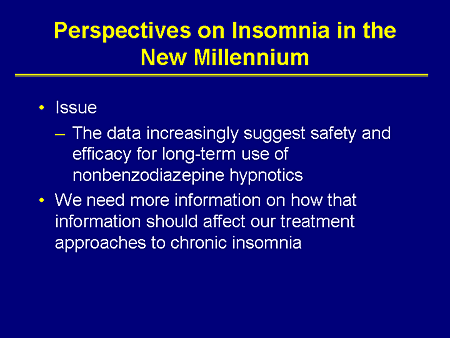
Low levels can also interrupt your sleep patterns during PMS. High progesterone levels aren’t the only problem. This can cause mood swings and irritability associated with PMS. If your temperature is elevated due to PMS, you won’t achieve this same state of deep, restorative sleep. Your body temperature lowers during the REM cycle. It’s during this time that your body processes information and forms dreams. Each stage progressively gets longer, with the final period lasting up to 60 minutes. The first part of this cycle lasts about 10 minutes. High body temps can interfere with your REM cycle which usually occurs about 90 minutes after you fall asleep. It’s also no surprise that with all of these changes occurring inside your body over the course of 28 days that your sleep patterns may be disrupted or compromised.Īs progesterone levels rise, so does your body temperature. While no one knows exactly what causes PMS or PMDD or why these side-effects are worse in some women than others, they can impact your life significantly. Vitamin and nutritional deficiencies can also make matters (and symptoms) worse. The interaction between other hormone-regulatory systems like the metabolic system and the hormones released during PMS is another potential cause. One theory is that chemical imbalances trigger changes in the brain and nervous system. A fluctuation in hormones causes major changes in the female body as it prepares for pregnancy and again as it expels the uterus lining when eggs are not fertilized. There’s no clear-cut answer as to why some women experience worse PMS than others or even what causes these symptoms to occur. Women over the age of 50 are slowly moving away from PMS and into menopause. The most severe PMS symptoms are reported in women during their late 30s and early 40s. Younger girls generally have very mild symptoms. It’s interesting to note that PMS and PMDD are more common in women in their 20s, 30s, and 40s. Those with PMDD usually experience five or more of the above-mentioned symptoms and their effects are much more severe. As previously mentioned, PMDD is a more serious condition where symptoms impact a person’s daily life, including work, school, and relationships. While these symptoms dissipate for most women once their menstrual cycle begins, some women experience them throughout their periods and even several days after. Symptoms vary significantly from one woman to the next and can include, but aren’t limited to: Premenstrual symptoms (PMS) can start as early as 10 days before your period arrives. It’s this fluctuation in hormones that can cause major emotional and physical changes - including disrupted sleep. Near the end of the luteal phase, the presence of these hormones decreases significantly.

For example, estrogen and progesterone increase after ovulation and during the follicular phase. If the mature egg is not fertilized, the luteal phase will end when the next menstrual cycle begins.ĭifferent hormones are released during different phases of the menstrual cycle. This phase occurs after ovulation and lasts for approximately 14 days. With most menstrual cycles lasting 28 days, this part of the process usually occurs on day 14. During this time, a mature egg is released. This phase also begins the first day you start bleeding and ends once the lining is fully shed (usually 3 to 7 days later).

It’s during your menstrual cycle that your body sheds its uterus lining in the form of blood and tissue. It starts on the first day of your period and lasts for 14 days.īecause this phase overlaps your actual period, some experts consider the follicular phase a part of your menstrual cycle.

Follicularĭuring this phase, the egg cell develops inside your ovaries. The 3 phases of the menstrual cycle are: follicular (before the egg releases), ovulatory (the egg releases), luteal (the time after the egg releases). Some symptoms are milder than others and some (lucky) women don’t experience noticeable side effects at all. Menstrual Cycle Stagesĭifferent changes occur in your body as it moves through menstrual cycles. You’ll experience different emotions and physical changes during each stage of your menstrual cycle. They also cause a fluctuation in hormones. When your ovaries release estrogen and progesterone, the lining of your uterus begins to thicken in preparation for pregnancy.īut these hormones do more than just change the physical make-up of your womb. Your period is triggered by a change in hormones. Menstrual cycles usually last between 3 and 7 days, with some women experiencing heavier blood flow than others.

Most women get their period every 28 days.


 0 kommentar(er)
0 kommentar(er)
